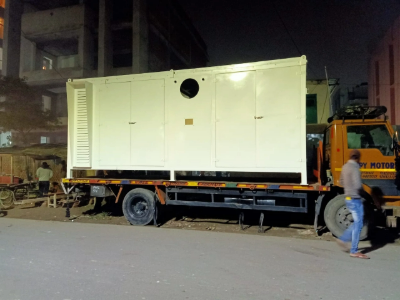

Guru Kripa Engineering is a leading Acoustic Enclosure for Machine manufacturer in India. In industrial settings, the relentless hum of machinery often forms the backdrop of the work environment. While these machines are crucial for productivity, their noise can pose significant challenges, including hearing damage, decreased concentration, and heightened stress levels among workers. To mitigate these issues, acoustic enclosures offer a practical solution, providing a shield against excessive noise while maintaining operational efficiency.
The primary objective of an acoustic enclosure in India is to contain sound within the enclosure, preventing its escape or entry into the surrounding space. It is meticulously constructed using sound-absorbing materials and sound-blocking barriers to minimize sound transmission. The enclosure typically features walls, floors, and ceilings made from heavy-duty panels, composite materials, or specially designed soundproofing materials. These materials contribute to absorbing and dampening sound waves, thereby reducing their intensity and preventing them from permeating the enclosure. Notably, Guru Kripa Engineering stands out as a leading acoustic enclosure manufacturer in India, offering tailored solutions.
What is an Acoustic Enclosure?
An acoustic enclosure, also known as a soundproof enclosure or noise control enclosure, is a structure designed to contain and reduce the noise emitted by machinery or equipment. These enclosures typically consist of sound-absorbing materials and specialized construction techniques to minimize sound transmission.
